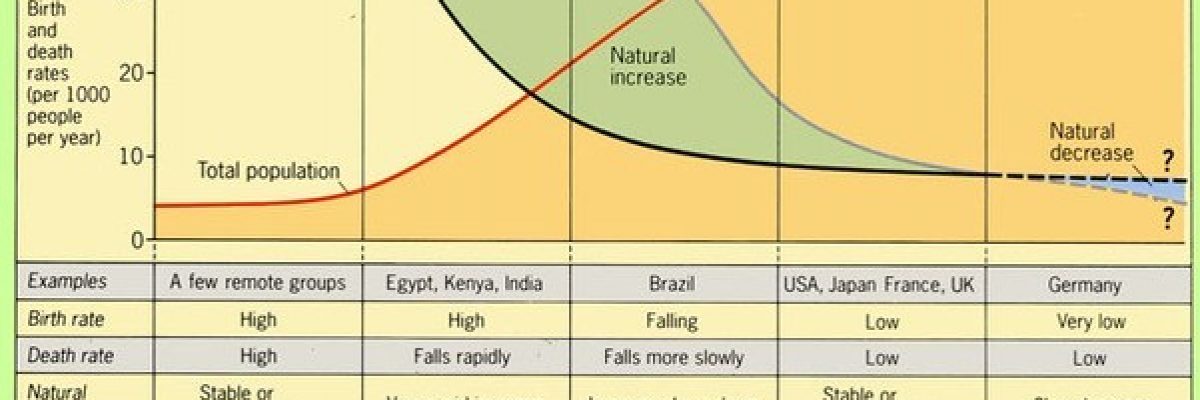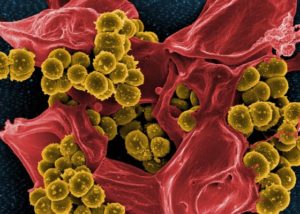It is difficult to define when humanity transitioned to the modern way of life. Is it the computer design? The engine? The Industrial Revolution or the Agricultural Revolution? It is not clear. However, we can point to one year in time, which has affected mankind tremendously.
That year is 1796. It can be marked as the `health crisis point`. Apparently, this concept contradicts itself. Health is not perceived as a crisis. But in 1796 a researcher named Jenner discovered that people could be vaccinated against one of the deadliest diseases affecting the human species – smallpox. This discovery, together with Louis Pasteur’s discovery in 1895, resulted in a significant reduction of epidemic disease related deaths. In 1896, the penicillin mushroom was discovered and used as the first antibiotic treatment.
The impact on the human race has been great, the mortality rate has dropped so dramatically that the population has begun to grow old. Growing old means encountering a new generation of mortality-related diseases. In contrast, the birth rate, which is mainly influenced by social, traditional and religious aspects, has hardly changed. So human numbers have grown and birth rates have not been controlled. Accordingly, that is how the discovery of new treatments of bacteria and viruses can be called a crisis point.
From this point on, human demography had changed, there was a significant change in the birth/mortality ratios: population growth. More people lived longer and the population on the planet has since doubled and then tripled in just a few years.

The modern lifestyle, on the one hand, makes it possible to produce modern medicine, but it is also fuels the engine of modern diseases. The situation worsens as life expectancy increases, so what to most of us sounds like a positive factor (longer life) makes human demography and the human population unsustainable.
The increase in life expectancy is a direct factor in the increase in population growth. This has a direct effect on every single person in the world. An increase in the number of people in the world is causing such a large-scale environmental change, which without much notice, is directly affecting each of us.
The world’s population today stands at 7.4 billion people. Global natural growth is small, but is about 2% per year. It is estimated that by 2048 there will be 10 billion people on Earth. This figure is not trivial and has far-reaching implications.

So, when we talk about change in human population growth, we are aiming for a holistic, multilayered change. To win one plague, it has to be put in the context of a whole world. Every person born has a phenomenal influence on their environment:
- A person eats approximately 50 tons of food during their lifetime. 43 kg of meat per year. Growing and maintaining farms for cows is environmentally expensive. One cow requires 50,000 liters of water a year, and will consume tens of tons of food, mostly processed from specially grown plants and marine animals. Cows, formerly vegetarian, have become the largest marine predators. The cow will emit CO2, methane and nitrogen oxides at a rate that is 50% higher than that of a bus. This has a direct effect on the quality of the air we breathe because most of the oxygen in the world is produced from the sea. In a distorted way humanity is destroying two ecosystems to produce steak for ourselves- the land and the sea. Every week, two billion animals are used as meat for the global food industry.
- Growing food requires water, soil resources, fertilizer and pesticides, antibiotics and hormones. Food stocks are polluting our environment at rates higher than any heavy industrial plant. The search for new lands results in the forest destruction and land exposure (tree removal) that directly increase extreme weather events, flooding, landslides and the salinization and desertification of our lands. The economic price that humanity pays for this is huge and it goes directly out of our pockets.
- A person drinks 72,000 liters of water in their life. In the Western world, a person uses 120 cubic meters per year. Without notice, water has become one of the rarest resources in the world. Water prices are rising all the time, and together with them, the price of agricultural produce is breaking new records every year. Most of the world’s fresh water sources are running out and the water flowing in our faucets is water that at the very least needs purification. These are costs that come directly out of our pocket. The purified water still contains concentrations of heavy metals, toxins and pesticides that are present in low concentrations and under supervision and standards, but long-term use of this water can be problematic.
- Each person produces about 100 cubic meters of sewage a year. Water in sewage can be recycled but the organic materials – not so much. Alongside the sewage water, sewage contains cleaning materials, nylon, papers, tampons, and other materials that are scraping waste. Most of the sewage in the world is not treated and are therefore dumped into our environment, the environment in which we grow our food. Some of the water is allowed to flow directly into the sea.
- A person produces an average of 1.7 kg of garbage per day, and in the western world, a person will produce about 3 kg of garbage a day. The landfills are full of toxic waste, from waste that does not break down quickly such as plastic bags, plastic, detergents, batteries and heavy metals.
- A person will consume transport services for himself and his consumer goods (car, truck, airplane, and train): thereby burning more fossil fuel and creating air pollution.
- A person buys plastic and home products produced in polluting plants.
- A single person consumes electricity directly (light) or indirectly (industrial product), which will have to burn 25 kilograms of fossil fuel per day per person.
So when we discuss quality of life, or lifestyle we must examine the human population growth and its effects on our whole system. Every person born into the world needs food, space, clean water, and shrinking natural resources. Each person produces huge amounts of waste that the environment cannot digest. Each such person increases the pollution in the environment and thus directly affects himself, his health and his offspring. Therefore, the entry of health services is indeed welcome and with it prolonged life, but it must come shoulder to shoulder with the reduction of birthrates.







